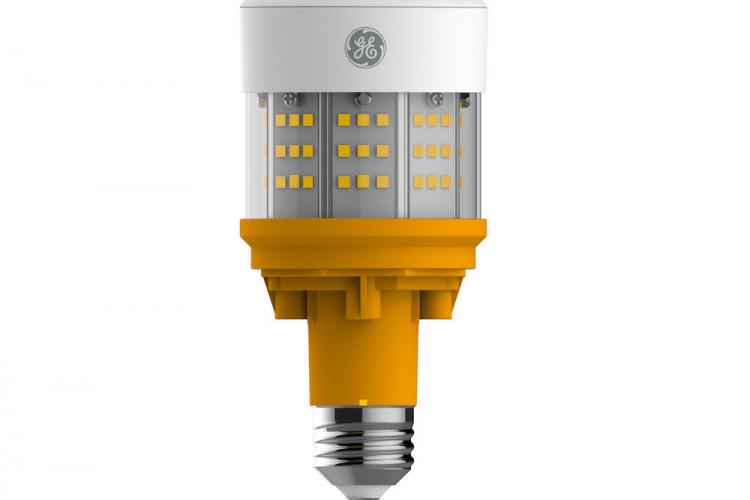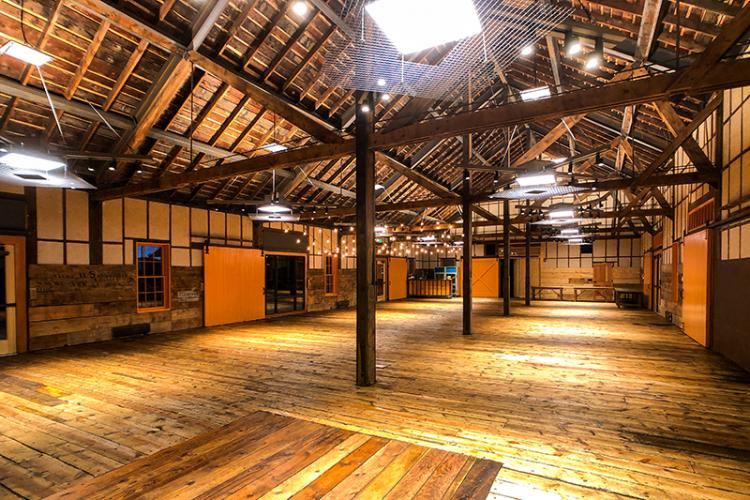Revved Up Savings
Revved Up Savings
OUR CUSTOMER
When National Automobile Museum opened in 1989, it was reported to have set new standards for automotive exhibits with its extensive collection and dramatic displays. Recently named one of "America's Five Greatest Automobile Museums" by AutoWeek magazine, it features more than 200 cars, the majority from the world-famous collection of the late gaming pioneer, Bill Harrah.
635 90-watt standard lamps in four galleries were replaced with an equal number of Current 17-watt PAR38 LEDs. Museum management, working with the Business Environmental Program (BEP) at The University of Nevada, Reno to identify areas to conserve energy, had efficiency in mind and didn't mind sacrificing lighting quality to achieve it – or so they thought.
THE EXPECTATION
"I felt that when we entered into this project, because of the significance of the energy savings, that we would be compromising the quality of lighting in the museum, and we were prepared to make those adjustments," says Jackie Frady, executive director for National Automobile Museum. "That was the expectation, and we were so surprised to find that the end product far exceeds the quality of the lighting we had."
OUR SOLUTION
The lensed design of Current's PAR38 LEDs made the difference when the displays were illuminated. Exposed LEDs would have been visible in the cars' paint, a distraction to the museum's more than 65,000 annual visitors. Instead, Current's LEDs diffused the light evenly and outperformed the 90-watt lamps they replaced.
RESULTS & BENEFITS
"Now the collection just comes to life," says Frady. "The paint colors are more striking on the vehicles. There's also a new vibrancy in the galleries. A few people who are very familiar with the museum have come in just to see the lighting, and I heard back from them saying, 'What a great project, what a difference!'"
The new LED lamps are making a difference in lighting expense as well. National Automobile Museum will save $18,000 (nearly $30 per fixture) in annual electricity costs alone. Including reduced lamp maintenance and replacement, annual savings will approach $30,000. Instead of changing each light every year, a task requiring between two and five hours a week, the LED lamps will last between three and five years based on the museum's hours of operation.
Project payback, based on energy savings alone, was achieved in approximately 17 months.
"Particularly for nonprofit businesses, we need to save money, and the fact that this project has brought forth such a significant savings makes it worth it," says Frady. "And then when you have that extra benefit of improving your product or environment, you just can't beat it."
Want to see how you can make your environment more efficient?
Contact us to get the conversation started.







